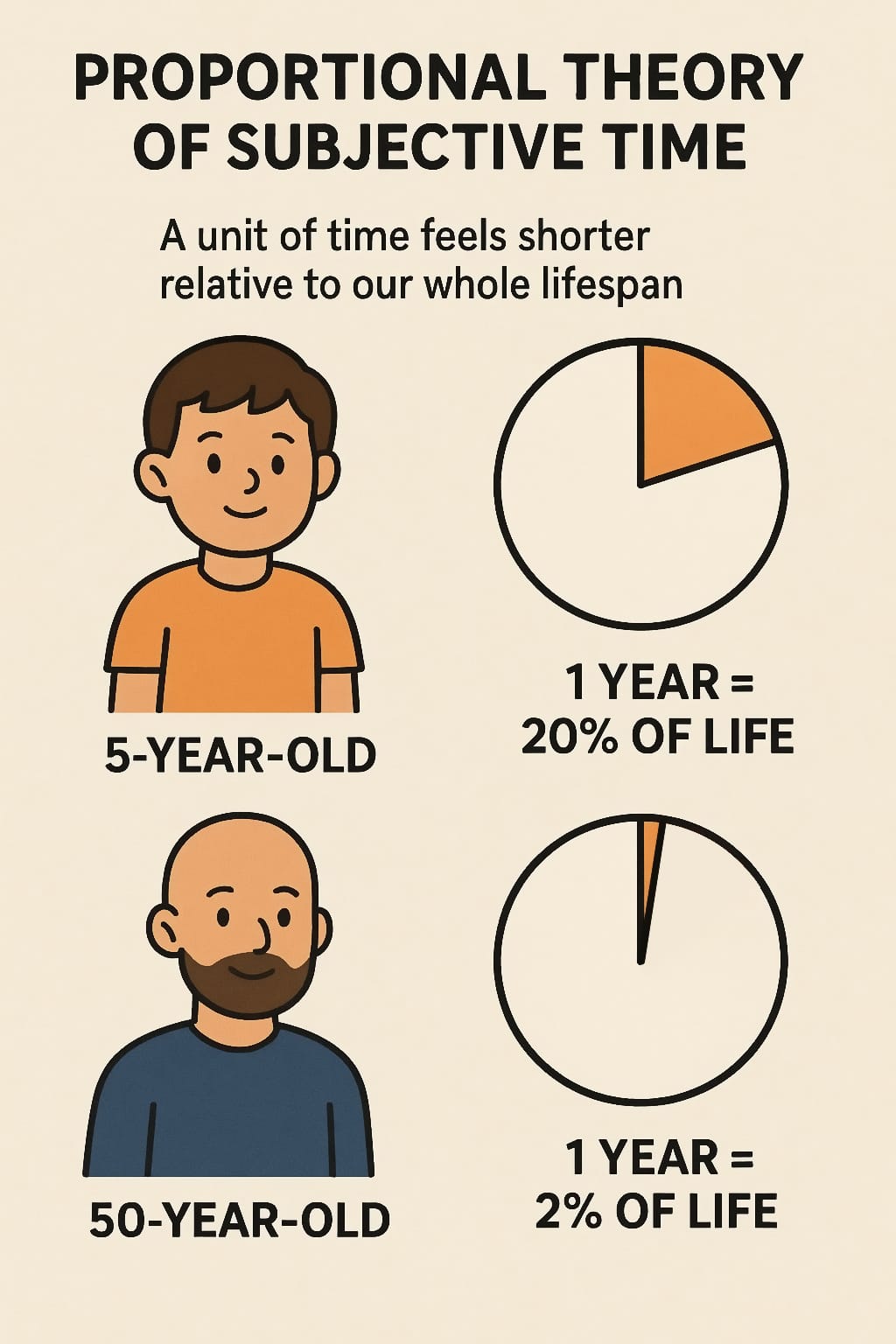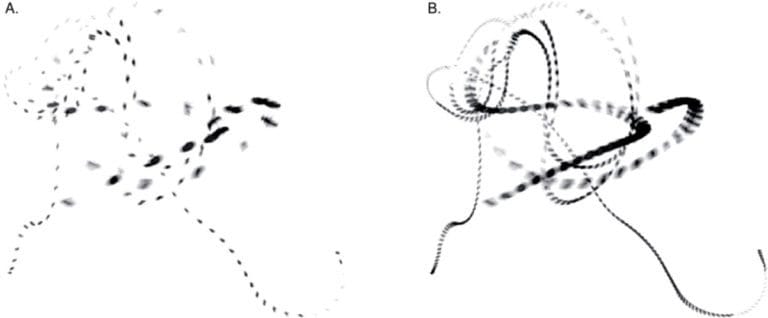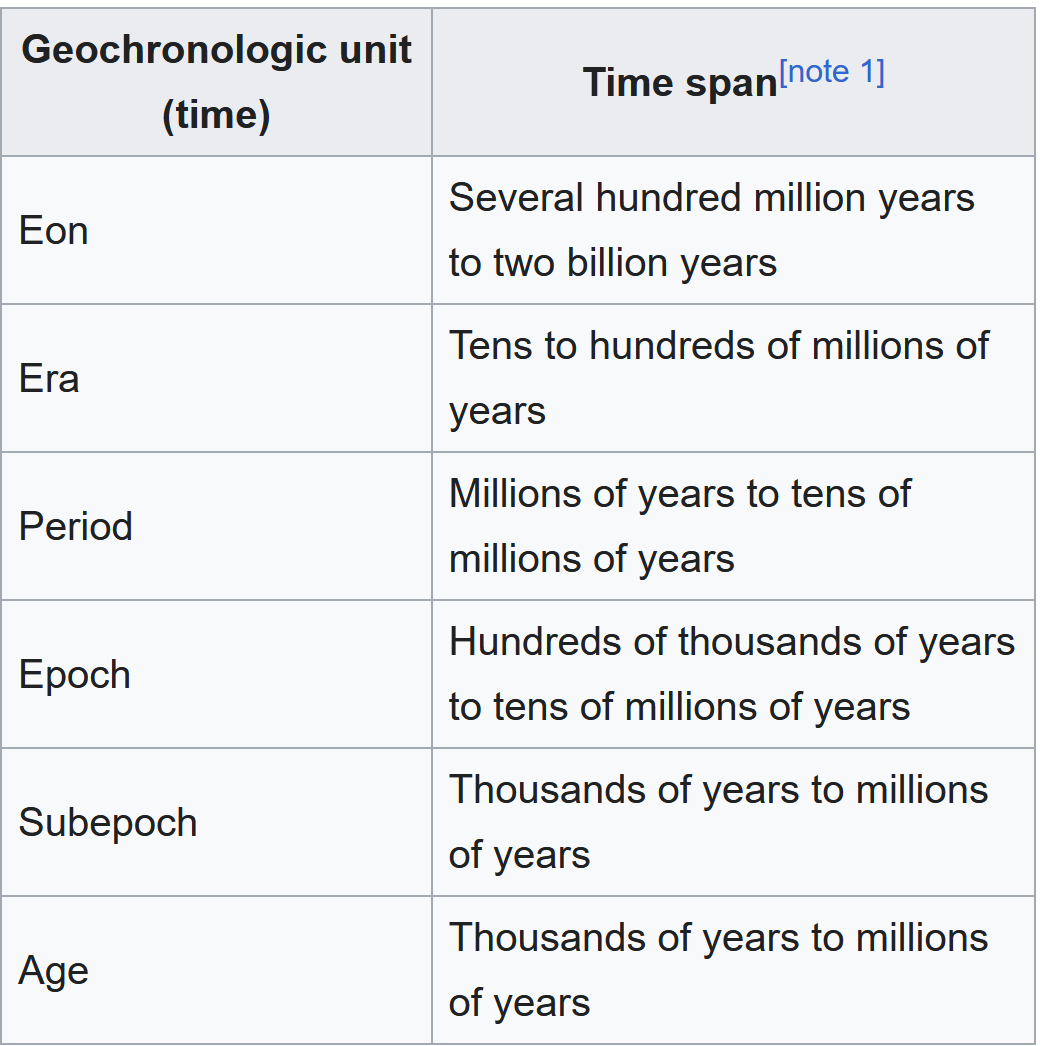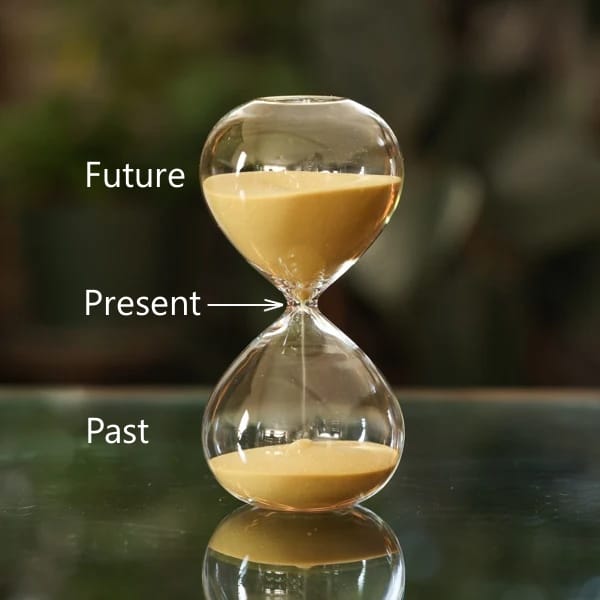The Three Levels Of Time And Productivity
Taking notes from the Ancient Greek deities of Time can help increase your productivity…

Taking notes from the Ancient Greek deities of Time can help increase your productivity…
Throughout history, time has been an important subject of study in religion, philosophy, and science.
Temporal measurement has occupied scientists and technologists, and has been a prime motivation in navigation and astronomy. Time also has significant social importance, with both economic value (i.e. time is money) and personal value (i.e. carpe diem), due to an awareness of the limited time we have in each day and in our human lifespans.
Time is embedded into everything we do, and a key pillar for being productive is to manage our time properly.
But there are layers to it – different aspects of time to be aware of – so let’s take a closer look at time in order to understand how we can increase our productivity:
Time Is Subjective
Our experience of time is such an interesting thing.
Depending on what you’re doing, minutes can feel like hours, or hours can feel like minutes.
Or, depending on your age, a year can feel like a really long time, or like a really short time. – It’s 20% of a five year old’s life, but only 2% of a 50 year old’s life, for instance:

Subjective time.
Your level of focus and awareness also changes your perception of time and your interactions with it. For example, as the saying goes, a watched pot never boils.
And you’ve probably experienced chronostasis in the form of the ‘stopped-clock illusion’ – where the second hand or digits of a watch appear to stay still for longer than normal when first observed following a saccade.
Time perception is not the same across species, either. Animals have different perceptions of time to us, depending on their pace of life and metabolic rate and body size. Some species also process visual input much faster than us humans, for example many birds:

The flight paths of two blue bottle flies sampled from high speed videos, showing the time resolution at 40 frames per second (the typical human visual speed) vs. 120 frames per second (the typical avian visual speed).
In the same space of time, birds see more. They capture and process more visual information. It’s why pigeons often wait until the last moment to fly out of the way of an oncoming car or bicycle: it appears much less fast to them than to us.
And, if computers ever become sentient, to them, communicating with us humans might feel agonisingly slow and painful. A computer processes information billions of times per second, so waiting for a human to reply may make a simple interaction feel the same way to them that waiting for years between each message would feel to us.
The time frames you work with may also vary wildly depending on your profession.
A Formula 1 driver or a 400m sprinter might focus on shaving a few hundredths of a second off of their lap time, but an arborist might plan a reforestation a whole century into the future.
Other professions might work with even smaller time frames, like computer scientists who could be dealing with nanoseconds. Or, with much longer time frames, like palaeontologists or geologists who study life and Earth’s history and processes for millennia, mega-annums, and even giga-annums into the past.
Time, as we think of it, is naturally also very Earthbound in practice. One day equals one full rotation of the Earth around its axis with respect to the Sun, and one year equals one full orbit of the Earth around the Sun, for example.
A day on Mars, a sol, is about 24 hours and 39 minutes – nearly the same as a day on Earth. That’s because Mars happens to rotate around its own axis at a similar rate to the Earth.
But it takes longer for Mars to orbit the Sun than it does for the Earth, and so a year on Mars is about 687 Earth days, or nearly two Earth years.

Sunset on Mars. (The blue colour is due to fine dust suspended in the atmosphere which scatters more red light, allowing blue light to pass through more directly to the observer at sunset).
(In the same way, all the planets in our solar system have different durations of their respective days and years. And, if we lived on Venus, which doesn’t have a moon, we probably wouldn’t have the same concept of a month).
All this to say, time isn’t necessarily just one simple thing.
In fact, there are different ways to think about time:
The Greek Gods Of Time
The Ancient Greeks distinguished between three different concepts, or aspects, of time – each represented by an archaic deity.
1. Aion
Aion represented perpetual, unbounded, and cyclical time.
As the ontological personification of eternity, Aion symbolised the cycle of the year (i.e. the seasons) and the zodiac.
It’s where we got the word aeon (or eon) from, meaning a period of time that is so long that it cannot be measured. Other meanings for Aion include age, life, vital force, or lifetime [e.g. of the cosmos].
And also, the Latin word aevum (meaning age, time, or eternity), which evolved into aeviternus → aeternus → aeternalis, and, adopted over into English: eternal.
(The term medium aevum also evolved into medieval, i.e. middle age).

Geochronologic units.
While Aion can mean immeasurable time, a modern Greek variation of the word, aiónas, has come to mean century. And, together with other interpretations of Aion; age, life, and lifetime, we can think of Aion as representing a long time.
– A time of megatrends; those powerful demographic, societal, economic, and technological currents that seem unstoppable at the scale of generations.
Those trends which may require a long term perspective and consideration to grasp, at least initially. I.e. it’s the big picture. The North Star. And, importantly, it’s about asking the big question:
What is the right thing (for me) to be doing?
The concept of Aion can motivate us to operate with a longer time horizon, and to follow our own compass to take steps towards a grander, overarching goal.
2. Chronos
Chronos represented chronological, or sequential, time.
– I.e. the empirical, historical, linear, and progressive flow of time – divided into the Past, Present, and Future. The quantitative time, which we’re the most familiar with, and usually refer to today.
It’s the base for words such as synchronise, chronic, chronicle, chronological, or chronometer (and even our Nuke node Kronos!) – all relating to measured time in some way.
Chronos is the time frame in which to build towards, and act on, the megatrends of Aion. It’s the time for all of the consistent effort, development, and hard work that you’re capable of, and for asking the question:
What’s the right way/order of doing things?
Can you sequence tasks or information in a meaningful and useful way to achieve a better outcome? Can you keep showing up, and continue creating?
The Pyramids, or the Great Wall of China, were built one stone at a time, over a long period of time. There was an overarching goal, and many small steps were required to reach it.

A section of the Great Wall of China.
Similarly, if you want to play in a world class orchestra, there are many steps you need to take – years and years of consistent practice – in order to get to that point.
Chronos is the time for that diligent preparation – for the work that’s required to seize the next aspect of time:
3. Kairos
Kairos represented the moment of opportunity.
A fleeting moment associated with luck and favour – i.e. a qualitative time; the right or critical time to act. Kairos embodied the precise timing of a decision or action to achieve the best outcome.
In his medical treatise, Precepts, the Greek physician Hippocrates stated: “Every kairos is a chronos, but not every chronos is a kairos.” – While all opportune moments (kairos) exist within chronological time (chronos), not all chronological time presents an opportunity (in this case, for healing).
Time is that wherein there is opportunity, and opportunity is that wherein there is no great time.
Imagine an hourglass: the Present can be thought of as existing in between the top bulb (the Future) and the bottom bulb (the Past) of the hourglass (the Time Frame) – right where the sand passes through the neck:

A way to think about the sand inside of an hourglass.
Now imagine there are some small specks of gold mixed in with the sand. Most of the time, only sand will be passing through the neck, i.e. the present moment. But every once in a while, a gold flake will pass through – a golden opportunity.
Kairos is about recognising and seizing that golden opportunity. – Grabbing hold of the gold flake right at the brief moment it’s passing through.
It’s about answering the question:
When is the right time to be doing things?
– It’s about being aware of your surroundings, and striking at the right moment.
And so, Kairos within Chronos within Aion can represent a moment within a time frame within life/a long time, respectively. And, (in the opposite order) we can have them symbolise doing the right thing, in the right way (or in the right order), at the right time:
Time & Productivity
I’ve mentioned before that I’ve got a simple formula for being productive, called The Three Musketeers of Productivity:
Productivity = Effectiveness x Efficiency x Timing
In other words, to be productive, you rely on:
- Effectiveness: Doing the right thing.
- Efficiency: Doing things the right way (or in the right order).
- Timing: Doing things at the right time.
You have to perform well on all three points, as lacking in any one of them will make your productivity suffer. Each of them is a multiplier, which means they all have a significant individual impact on the whole.
Doing the wrong thing, and/or doing things the wrong way or in the wrong order, and/or doing things at the wrong time, will each and all end up with the same result: you’ll likely see significant delays or a failure to deliver.
So, unite your musketeers; one for all, all for one!
- Keep a clear overview with Aion: Think long term about what the right thing to be aiming towards is, and build up your knowledge in support of that. Even when you’re no longer in school, stay an eternal student. Never stop learning. There are constant cycles and waves of new information, and you must keep an eye on the technological currents that are flowing. (AI could be one of those, for example – there is significant investment behind AI, and it’s gaining traction in many areas).
- Organise and sequence your work within Chronos: Consistently add to, and improve your implementation of, the knowledge that you’ve acquired over time. It’s about regularly showing up, putting in the quantity of reps, and focusing on doing the right things the right way/in the right order.
- Recognise the opportunities in Kairos: Hone your ability to prioritise when to implement which parts of your knowledge. It’s about the quality of the moments, and seizing the right opportunities at the right time. (Observe signals and trends over time to better spot when a great opportunity arrives).
There is a famous quote, often attributed to the Roman philosopher Seneca:
Luck is when preparation meets opportunity.
You have the power to do the work, and to prepare. And, eventually, an opportunity will arrive. Which means, you can generate your own ‘luck’.
– And if you succeed after failing more times than another person has even tried, would it even be accurate for that person to call you lucky?
Guided by your overarching goal, do the reps, as many as you can, and that preparation will help you win when the right moment strikes.
Aion → Chronos → Kairos: Keep doing the right thing, the right way/in the right order, at the right time, and your increase in productivity will be undeniable.
I hope you found this article useful. For more productivity tips & tricks, see Productivity.



